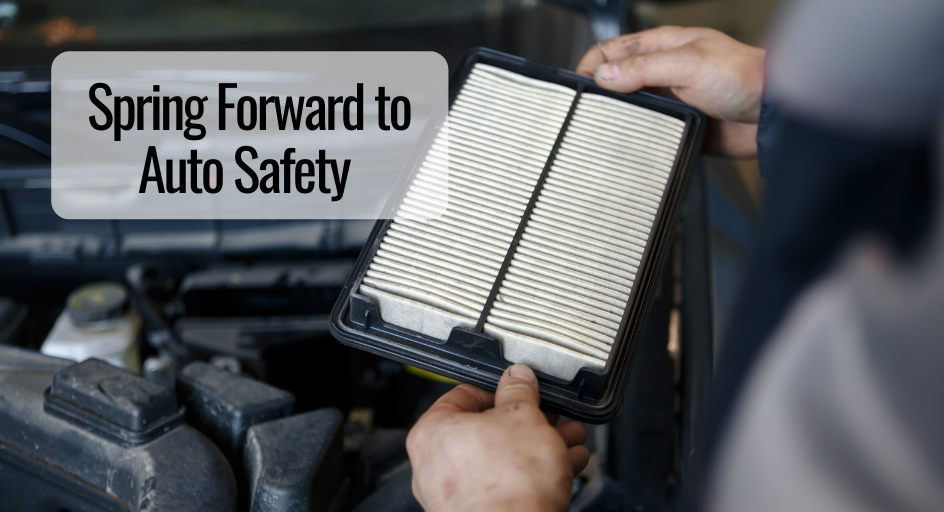In the past, most businesses retained their data either in a hard copy format, such as paper records and files, or on a private computer server that was stored within their building. However, cloud-based software has exploded in recent years. It offers affordable and scalable methods for data management to companies of all sizes. The data can be accessed from virtually anywhere, allowing businesses to operate remotely or after hours as-needed.
While there are numerous benefits to the digital data transformation, it also leaves companies vulnerable to cyber attackers and potential data breaches. Cyber liability insurance can protect your business, should the unfortunate occur. In most cases, it is not included as part of your general liability insurance, so you will need to speak with your agent to add this to your policy. Here are some ways you can stay protected and determine if this is right for your business.
The Digital Age
The majority of companies today, whether they are major corporations or small, locally-owned operations, use the internet and technology to conduct business in some way. Regardless of whether your business uses the internet only to send emails or manage your entire portfolio of clients, your data could be hacked and used against you.
If you use technology at all, it is a good idea to speak with your agent about cyber liability insurance. Should a breach occur, you and your business would not be held liable for any damage that occurs.
Client Protection
When you handle sensitive information about your clients, such as billing details, financial records, or even simply names and addresses, your clients are trusting you to keep these details private. Should a cyber attacker obtain this data, they can use it in many ways. These range from posing as your company to “phish” for additional confidential information to making client details available publicly.
This can be damaging and even embarrassing for your customers, but it can also severely harm your company’s reputation. By ensuring that you have cyber liability insurance, you can cover the expensive yet vital processes such as notifying clients about a data breach, restoring clients’ compromised identities, recovering corrupted data, and repairing damaged software.
Confidential Company Data
Businesses may also decide to obtain cyber liability insurance if they retain confidential data of their own such as trade secrets, privately developed software, and other intellectual property, or even simply their employees’ Social Security Numbers. If this information is stolen by cyber attackers, the added liability insurance can even cover the cost of legal expenses, forensic investigation, and loss of business income during the time of the breach. Any stolen data that is used without your consent or knowledge is legally protected. This allows for a quicker recovery of the data, along with a more streamlined litigation process so your business can return back to normal as soon as possible.
Cyber liability insurance is a vital safeguard against potential hackers. While you hope never to experience a data breach to begin with, having this additional coverage can significantly improve your company’s reputation, your clients’ trust, and the digital security of your employees and private intellectual property.











When it comes to automotive insurance, you may find yourself faced with multiple decisions to make. Should you choose a high or low deductible plan, minimum or maximum coverage, or pay premiums monthly versus an annual lump sum? Although there is truly no wrong answer, it is important to ensure you have the best possible coverage for your budget, driving habits, and lifestyle. Your local insurance agent can guide you toward the ideal policy for your needs, but this may still leave you questioning the frequency of your payments.
Depending on your budget, it may be harder for you to pay your insurance premium up-front. However, this is still the most cost-effective way to purchase coverage. Insurers may offer what seems like a discount when you pay annually, and this absolutely benefits you as the consumer. However, what this also means is that those who elect to pay monthly or quarterly are actually being charged added fees as a penalty for delaying payments. These fees cover the insurer’s “carrying cost” of delaying collection, the back-office expense for processing multiple transactions, and the risk of consumers terminating payments earlier than expected. If you are able to pay annually without causing financial strain, this is a great option for you.
Of course, the most ideal payment schedule remains one that you can manage. Paying annually in a lump sum could leave you strained to cover other bills such as a car payment, or you could find yourself facing significant late fees if you aren’t able to make the next year’s annual payment. Should you choose to pay monthly, a major benefit is being able to maintain a consistent budget schedule without falling behind or incurring late fees.
One additional payment preference is using either a personal debit or credit card, or setting up automated electronic funds transfers (EFT). When using a card to make a payment, you may run into additional card processing fees from the insurer. Some providers will offer an incentive discount should you choose to pay via an EFT, which comes directly from your bank and does not charge the insurance provider additional fees.
Overall, there is no incorrect method for making payments toward your auto insurance premium. Keep your budget in mind, and be sure to speak with your local insurance agent to obtain the appropriate level of coverage. Once you understand the policy that is best for you, you can make an informed decision regarding how often to pay. Your agent can help provide clarity around the price differences between paying monthly and annually, so contact your local insurance agent today.